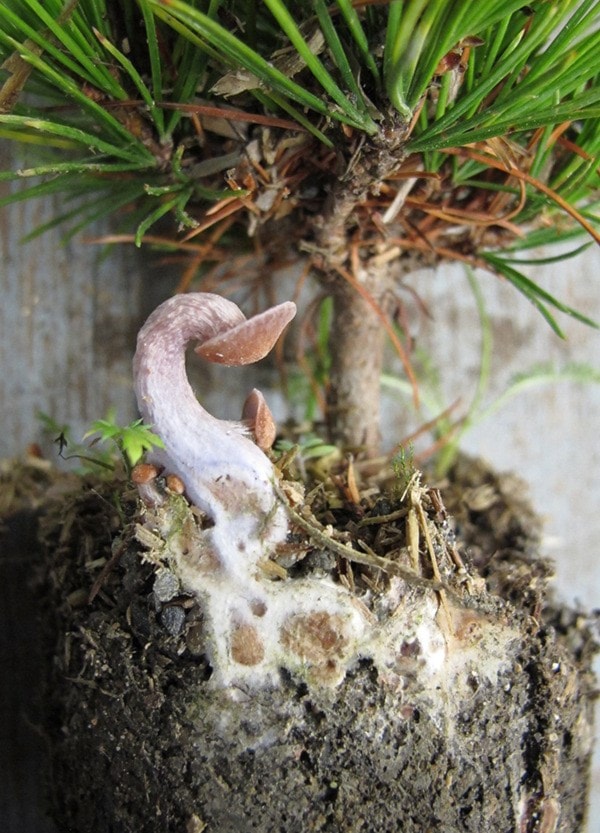‘When one tugs at a single thing in nature, he finds it attached to the rest of the world.”
So said famed 19th century American naturalist, John Muir.
When you tug on a plant, it is almost always attached to something. Yet most people don’t know what that thing is, or why it is critically important to our planet.
Larry Peterson knows. He’s been studying these things since the 1960s at the University of Guelph. I had the privilege of meeting Larry and hearing him speak at the recent Botanical Society of America meeting I attended in Columbus, Ohio this July.
Larry is a down-to-earth guy. In fact, as he started his address he said he’d spent his “whole life underground.”
When we think about how the good, green earth works we often think about connections – about food chains. The thing that is attached to plants is virtually a food chain in itself.
“How come I have never seen such a thing before?” you might ask. “Are they really that common?”
An estimated 95 per cent of plant species have them. Larry enthusiastically shared how we now know there are seven categories of the organism in question, and he waxed eloquent about each type.
As I listened to the many ways these organisms help plants, it wasn’t hard to understand why Larry still exhibited child-like wonder after a lifetime of study.
Another speaker at the conference, Robert Antibus called this mysterious entity “the precious dust of Galadriel.”
In the Lord of the Rings, the hobbit Sam Gamgee used the precious dust he’d received from the elven Queen Galadriel to restore trees that had been destroyed by evil forces in the Shire.
All over the world today people are using this precious dust to help plants grow. Agricultural techniques are being designed to encourage plants to take up more nutrients thanks to this symbiotic dust.
When soil disturbance is lessened, as in no-till agriculture, these organisms can flourish and supply more nutrients to plants, reducing the need for synthetic fertilizers and fend off plant diseases as well.
This precious dust consists of fungal spores that germinate near plants.
The roots conduct an elaborate dance with the fungal strands in the soil called mycorrhizae, which extend the reach of the roots far beyond their tips.
This is the dance studied for decades by Larry Peterson. His former student Hugues Massicotte is now mentoring one of my former students, Kirsten Kilde, on mycorrhizae at UNBC.
In fact, Kirsten’s budding career was partly inspired by a guest lecture on mycorrhizae in my plant class by another former student of mine, Shannon Guichon at UBC.
And so the dance goes on…
David Clements is a professor of biology and environmental studies at TWU.
